Akebono Taro: From Yokozuna to Martial Artist, Remembering a Gentleman Who Wanted to Stay
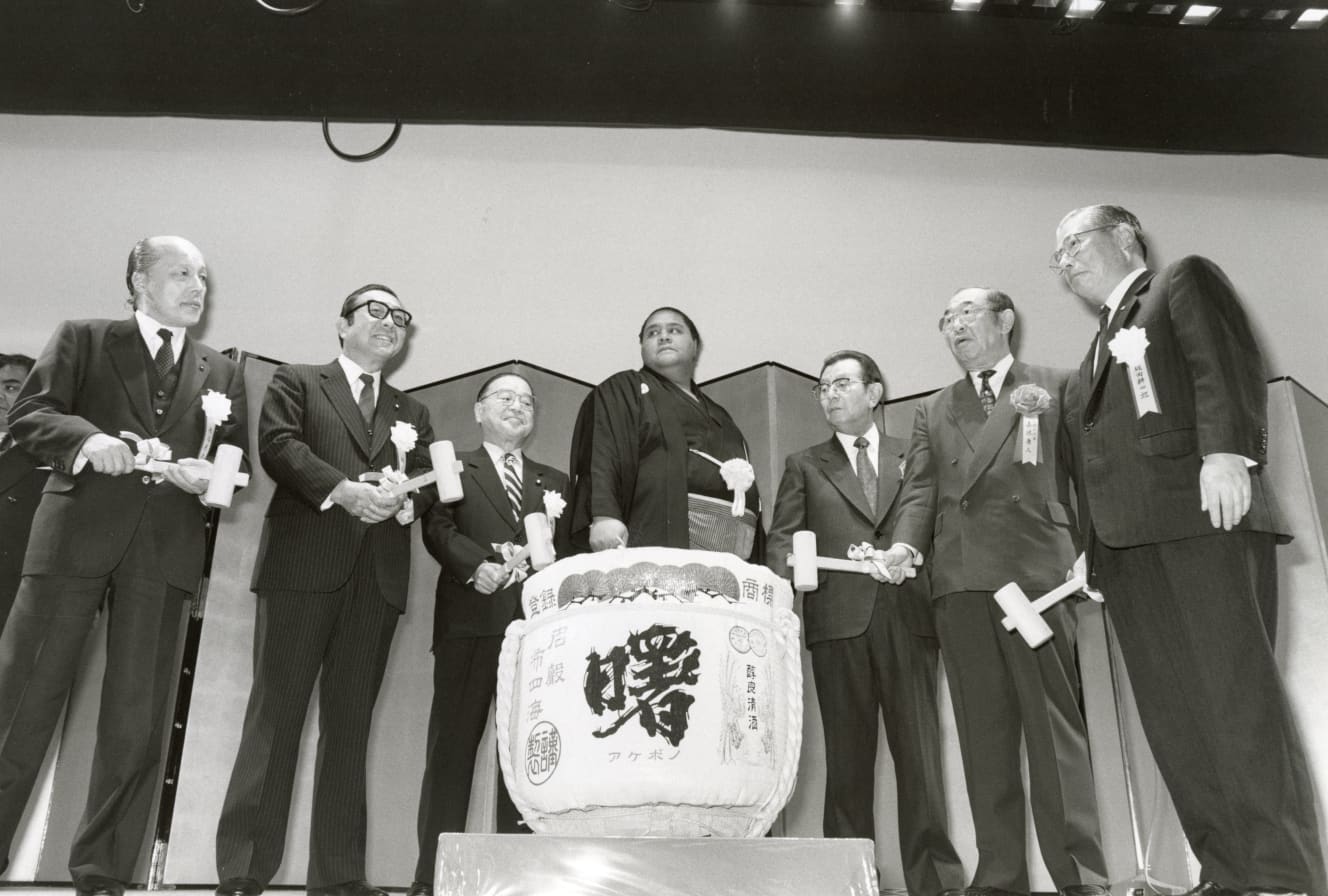
Former Yokozuna Akebono Taro passed away due to heart failure on April 11th.
Akebono, after a professional wrestling match in Fukuoka Prefecture in April 2017, complained of a change in his condition and was urgently transported. Due to a 37-minute cardiac arrest, he suffered severe memory impairment and had been living in a long battle against illness for years. However, his condition suddenly deteriorated in April. He was 54 years old. All Japan Pro Wrestling, where he had been participating since 2005, expressed their condolences on their official website,
“Akebono’s fights and personality have captivated many fans. Upon hearing the news of Akebono’s passing, all the members of All Japan Pro Wrestling express our deepest condolences and pray for his soul.”
Former Sumo Association external committee member and manga artist Yakumitsu praised Akebono, saying,
“For younger people, the image of him as a pro wrestler may be more memorable, but for sumo fans, the image of Akebono, who became the first foreign-born Yokozuna, remains strong. He had a very gentle and gentlemanly personality. While inadvertently becoming adversaries to Wakanohana and Takanohana as they rose to prominence, he was truly a strong, kind-hearted Yokozuna who should have been more appreciated.”
Akebono was scouted by former Ozeki Takanohana, originally from Hawaii, in 1988. He made his debut in the same spring tournament as Wakanohana (later Yokozuna Wakanohana) and Takanohana (later Yokozuna Takanohana). With his long arms and legs, he swiftly rose to the rank of Ozeki in just four years and became the 64th Yokozuna in 1993.
“After the retirement of Hokutoumi (current chairman Hakkaku), he was promoted to Yokozuna, and he served as Yokozuna alone for 11 tournaments until Takanohana became Yokozuna. From his third tournament as Yokozuna, he achieved three consecutive victories and also won the most victories in a year. He truly became one of the great Yokozuna.” (Sports journalist)
In the November 1994 tournament, his match with Takanohana on the final day, which lasted for 49 seconds, was praised as a true great match and a deadly battle for the top of the sumo world.
“However, due to a knee injury suffered in April of that year, his injuries increased and he had to take more breaks. Despite being in the same class, Takanohana and Wakanohana, who came later, gradually became the faces of sumo, replacing Akebono.” (The aforementioned journalist)
He won a total of 11 championships and supported the popularity of sumo in the 1990s, but retired in the first tournament of 2001. He retired from the Japan Sumo Association only two years later. In the same year, he announced his participation in “K-1” and continued to compete in “K-1” and mixed martial arts matches. He was also active as a professional wrestler. Mitsuru Yaku had this to say about Akebono during his yokozuna days.
He achieved a total of 11 victories and supported the popularity of professional sumo in the 1990s, but retired in the January 2001 tournament. He became a coach at the Tokuan stable and was in charge of mentoring his successors, but retired from the Japan Sumo Association just two years later. In the same year, he announced his participation in “K-1” and continued to compete in “K-1” and mixed martial arts matches. He also excelled as a professional wrestler. Yakumitsu provided the following insight into Akebono’s Yokozuna days,
“Akebono’s dohyo-iri (ring entering ceremony) was the ‘Unryu’ style, and it was one of the most beautifully executed among all the Yokozuna in history. I was deeply moved when it was performed at the opening ceremony of the 1998 Nagano Olympics. At that time, his strength had already declined considerably, but his oshi-zumo (pushing sumo) technique, utilizing his long arms from his prime, was truly formidable.
He was portrayed as the antagonist to Wakanohana, so past footage often showed him losing to Takanohana. After becoming a fighter, frankly, he didn’t always look good in his losses.”
It was sad to see his illustrious sumo career overwritten by such footage.
“During his time as a coach, we went to local events together several times, and there were occasions when we ended up in the bathhouse together. I remember discussing disciple development with him, and he had a lot of enthusiasm as a coach.
He didn’t have an elder stock, so he couldn’t have his own stable. After becoming a fighter, when I spoke to him, he said, ‘I really didn’t want to leave (the Sumo Association).’ It’s truly a loss of a talented individual.”
His dohyo-iri at the Nagano Olympics is likely deeply engraved in the memories of people around the world. May he rest in peace.
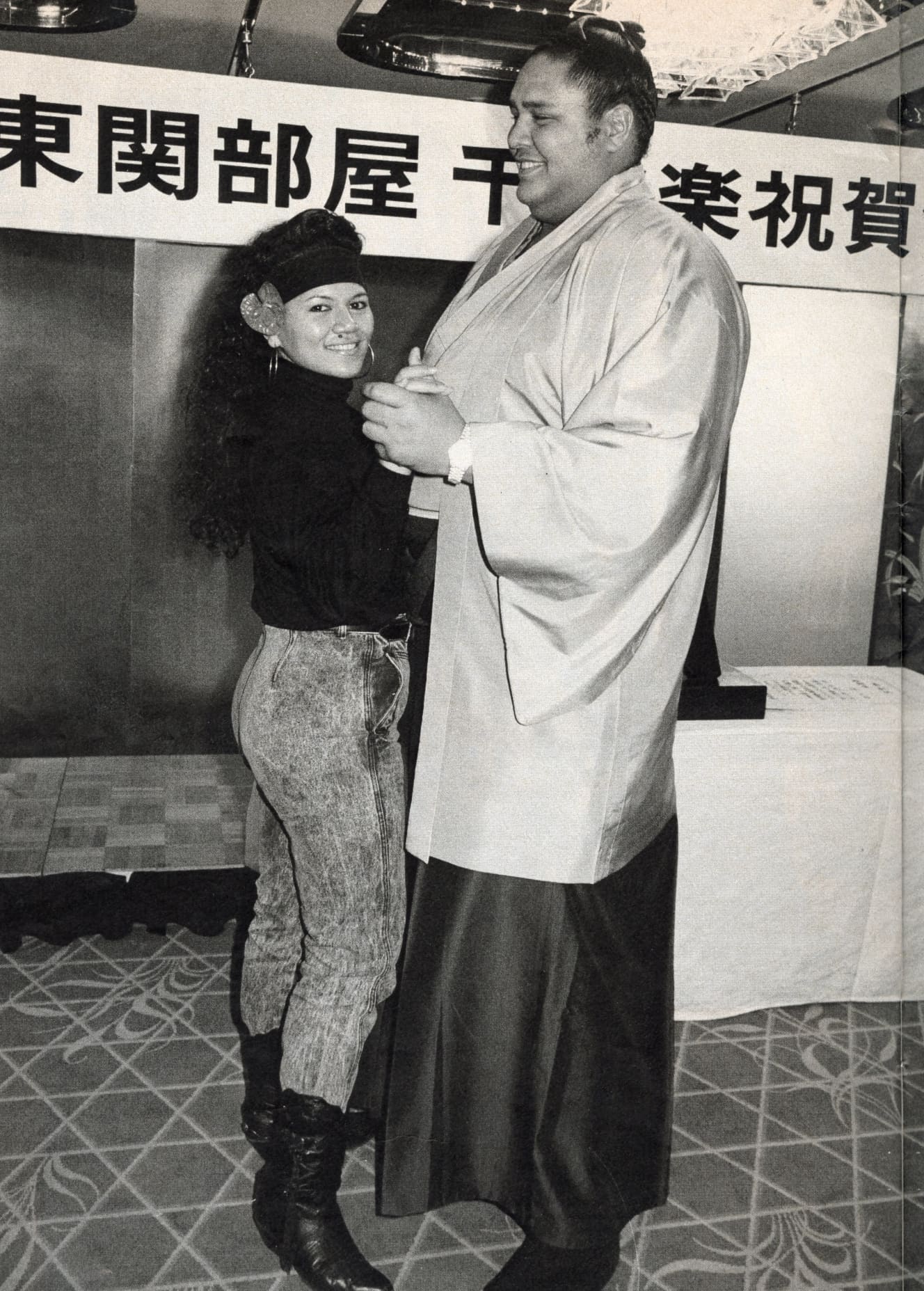
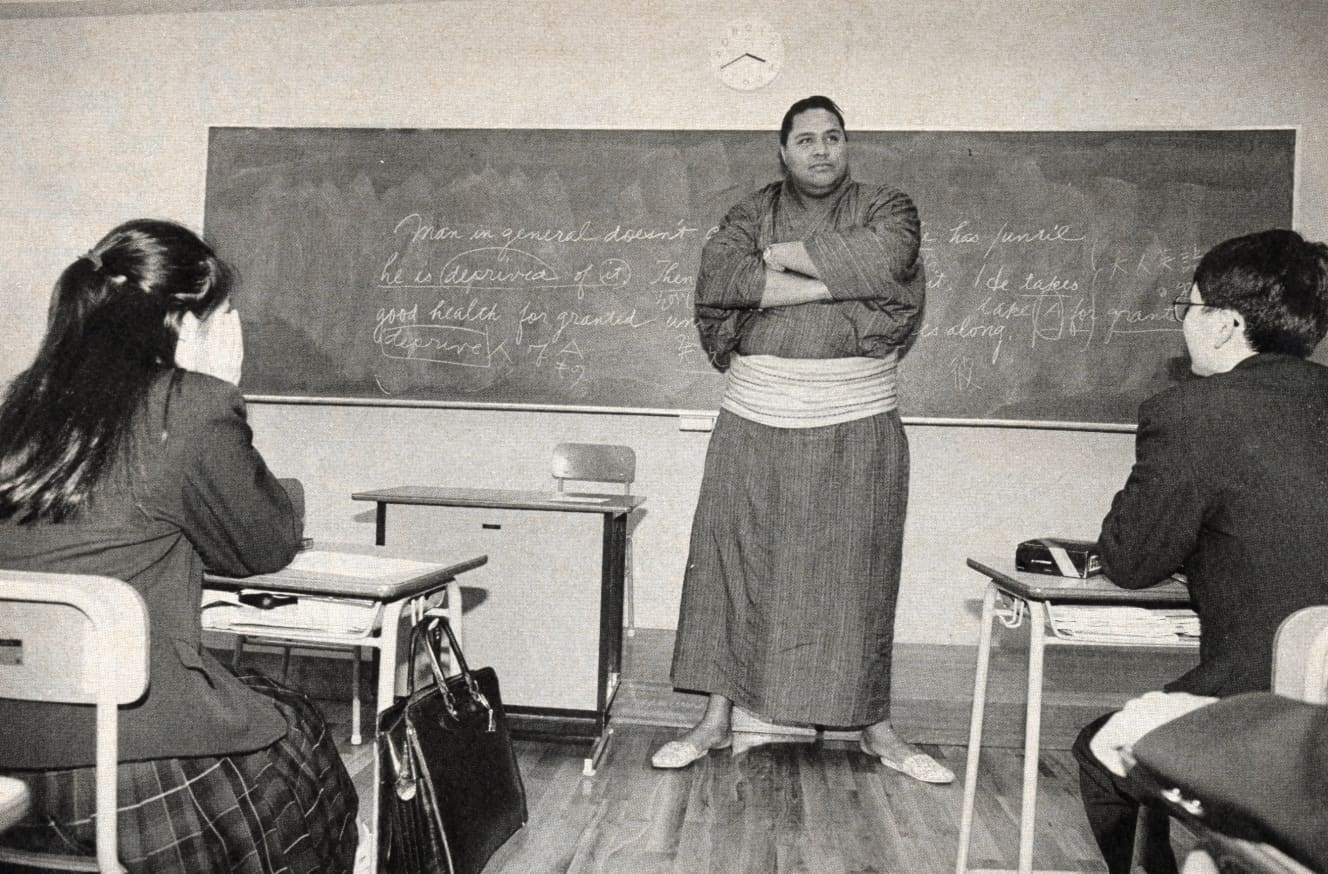

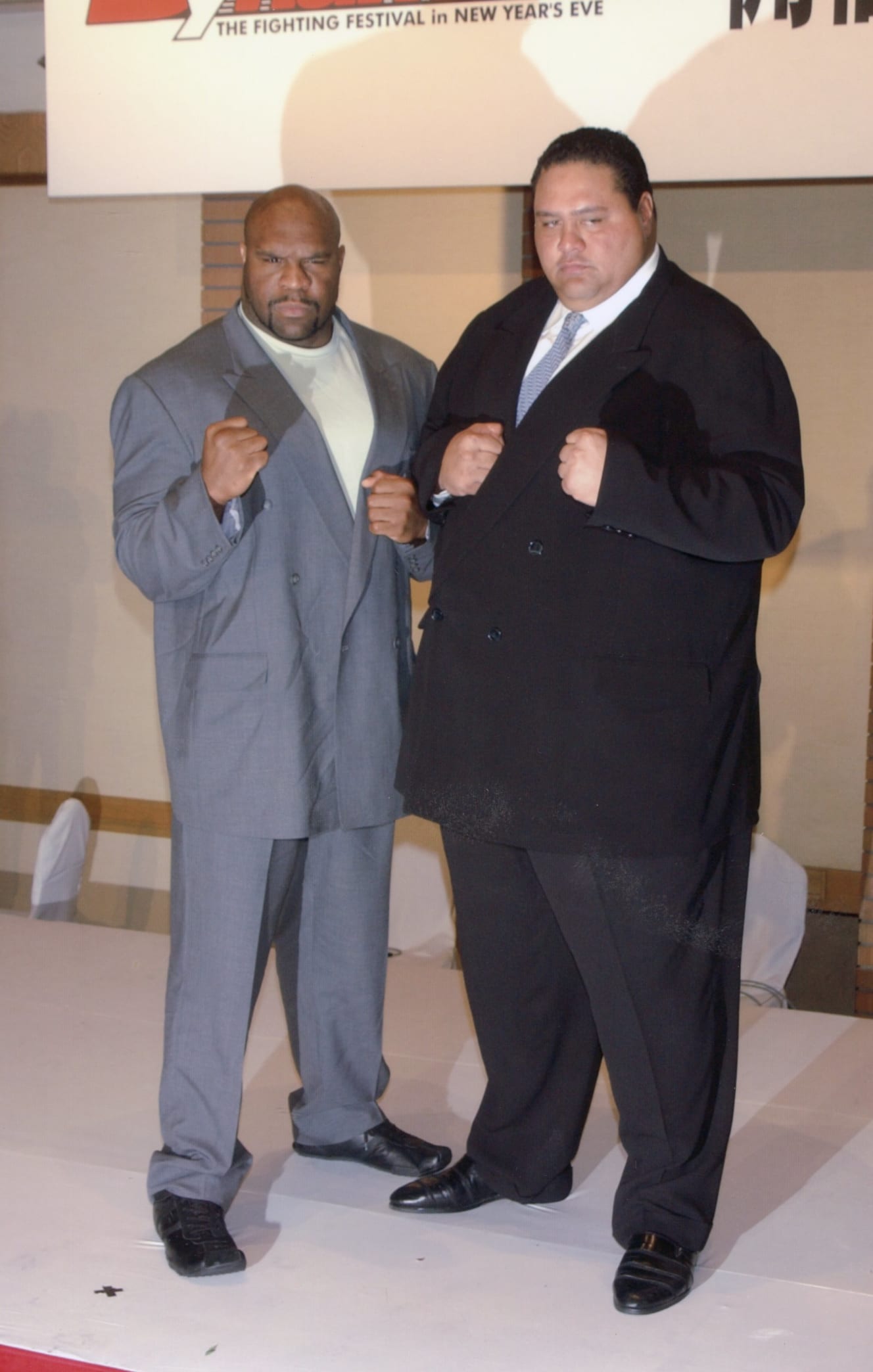
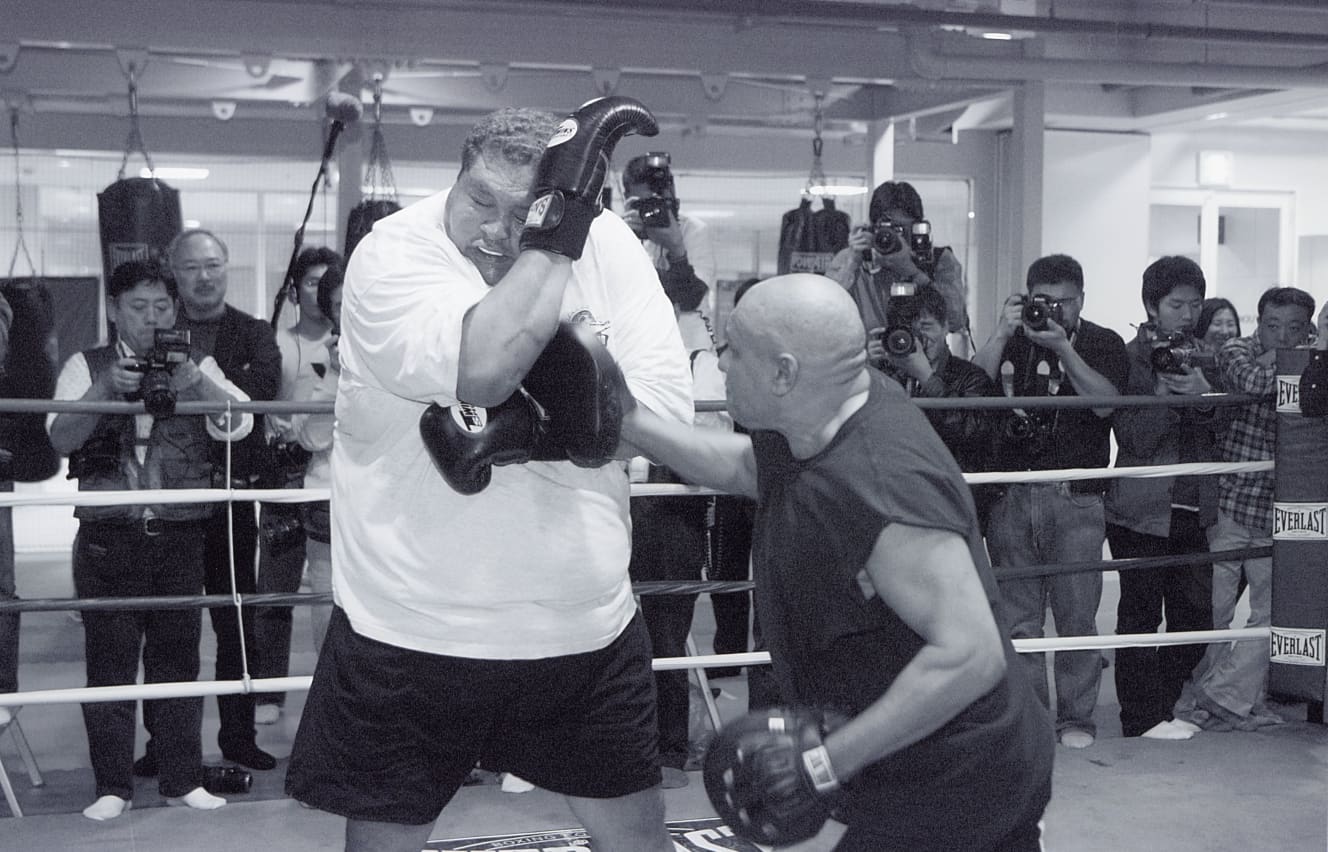

PHOTO: Takashi Hotta, Shuichi Masuda, Yutaka Asai, Shoichiro Tsuboi, Akifumi Yoshida, Shinya Inui, Takashi Hashimoto